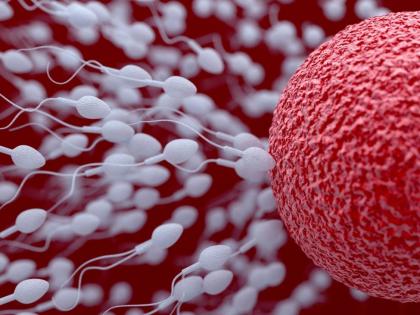Study reveals frequent ejaculation can reduce risk of prostate cancer in men
By Lokmat English Desk | Updated: September 3, 2021 16:32 IST2021-09-03T16:31:00+5:302021-09-03T16:32:06+5:30
There’s exciting news on the prostate cancer front. If you ejaculate frequently, your risk of getting prostate cancer may ...

Study reveals frequent ejaculation can reduce risk of prostate cancer in men
There’s exciting news on the prostate cancer front. If you ejaculate frequently, your risk of getting prostate cancer may be reduced. According to a recent study, ejaculating frequently during sex, masturbation, or while sleeping can reduce risk of prostate cancer in men. After a recent survey, it was found that participants who reported ejaculating at least 21 times per month during their 20s were 19 percent less likely to develop prostate cancer than those who ejaculated seven times per month or less. Moreover, if you are in your 40s the risk lowers down further, as ejaculation reduces your prostate cancer risk by 22 percent.
However, the findings encourage safe sex as one of the main reasons for reducing the risk of prostate cancer. An Australian study of 2,338 men found that men who averaged 4.6 to seven ejaculations a week were 36 percent less likely to be diagnosed with prostate cancer before the age of 70 than men who ejaculated less than 2.3 times a week, on average. Although the relationship between ejaculation and risk of prostate cancer has been more or less confirmed, researchers still don’t know why the two are linked. Ejaculation may protect the prostate by flushing out harmful chemicals that build up in semen. It is also possible ejaculation does not actually protect against prostate cancer. Men who ejaculate more may have healthier lifestyle habits that decrease their odds of being diagnosed with the disease. Additionally, ejaculating may only reduce the risk in men in certain age groups.
Open in app